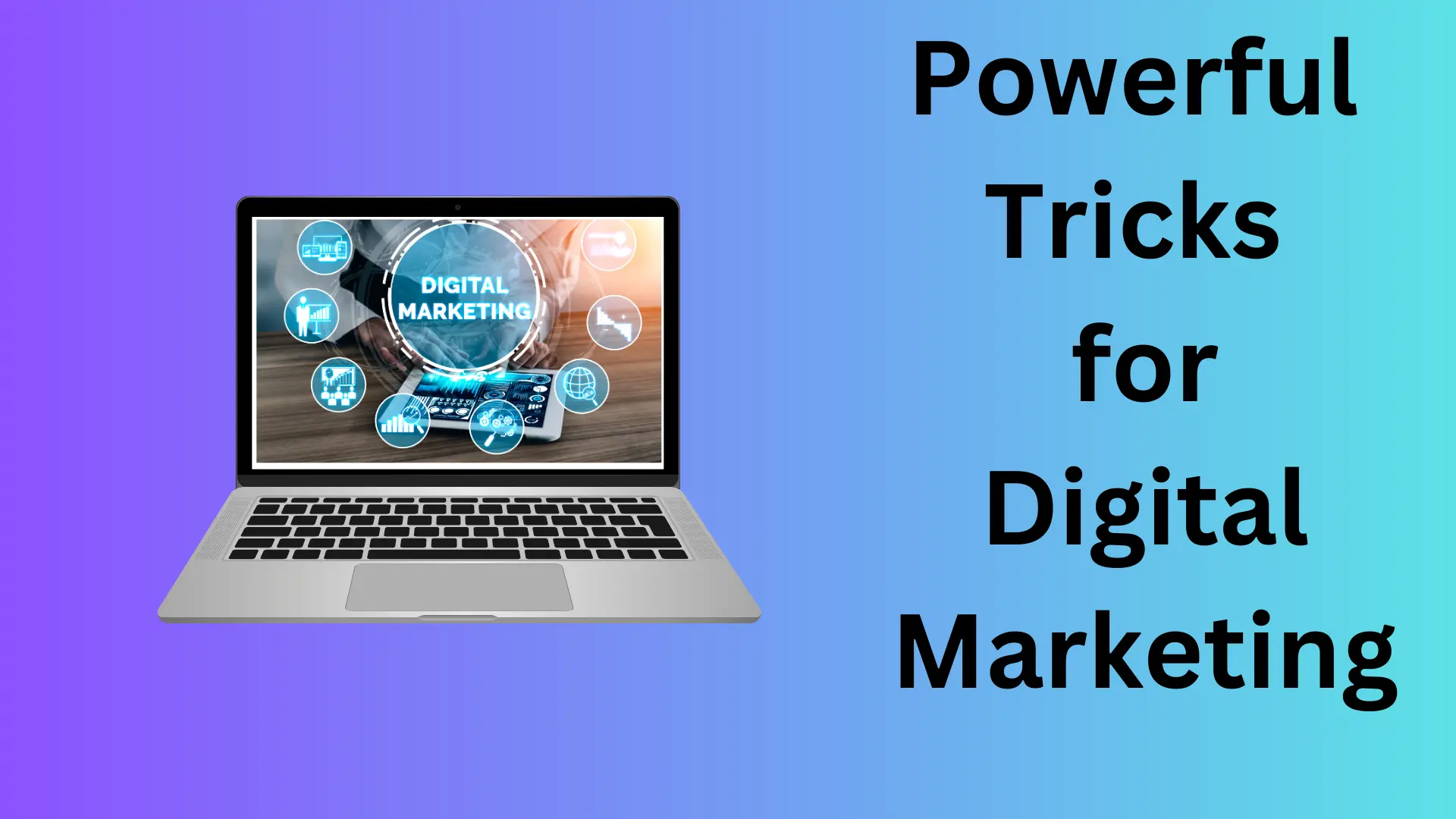Strategy, Development, and Marketing in a Business

In today’s rapidly changing business environment, understanding the distinctions among strategy, development, and marketing is essential for achieving success. While these terms often intersect, they serve unique purposes within a business. This post will explore each function, their individual significance, and how they interrelate to drive business growth. Understanding the differences between these three components is essential for any business leader, entrepreneur, or marketer. If you are somebody who is planning to start an online business or a business then this post is for you. Let’s dive deeper.
What is Strategy for a Business?

Defining Strategy
Strategy can be defined as the overarching plan that a business formulates to achieve its long-term objectives. It sets the direction for the organization and provides a framework for decision-making. A well-crafted strategy encompasses several elements, including vision, mission, goals, resource allocation, and competitive analysis.
Key Components of Strategy:
- Vision and Mission:
- The vision articulates what the company aspires to become in the future, while the mission defines its core purpose and values. Together, they provide a guiding light for all organizational activities.
- Goals and Objectives:
- Goals are broad, long-term outcomes, whereas objectives are specific, measurable steps to achieve those goals. For example, a goal may be to increase market share, while an objective could be to grow sales by 15% in the next fiscal year.
- Resource Allocation:
- An effective strategy requires careful consideration of how resources—such as finances, human capital, and technology—are distributed. This allocation is crucial for maximizing efficiency and impact.
- Competitive Analysis:
- Understanding the competitive landscape is vital for positioning the company effectively. This involves assessing competitors’ strengths, weaknesses, opportunities, and threats (SWOT analysis) to identify areas for differentiation.
The Importance of Strategy:
A solid strategy provides clarity and direction, ensuring that all team members are aligned toward common goals. It enables organizations to anticipate market changes, adapt to challenges, and seize opportunities proactively. Without a clear strategy, businesses risk operating reactively, which can lead to missed opportunities and inefficiencies.
Development

What is Development?
Development refers to the processes involved in creating and improving products, services, and internal systems. Development refers to the processes and activities involved in creating and improving products, services, or internal systems for the growth of any business. The goal of development is to enhance value for customers while driving operational efficiency.
Key Components of Development:
- Product Development:
- This involves the design and creation of new products or enhancements to existing ones. It requires collaboration between various departments, such as engineering, design, and marketing, to ensure the final product meets customer needs.
- Process Improvement:
- Organizations continually strive to improve their operations. This can include streamlining workflows, reducing costs, and enhancing quality. Efficient processes contribute to a better customer experience and increased profitability.
- Research and Innovation:
- Staying ahead of the competition often requires investing in research and development (R&D). Innovative practices and technologies can lead to breakthroughs that differentiate a company in the marketplace.
- Collaboration:
- Development often requires input from multiple teams. Cross-departmental collaboration ensures that products align with market demands and are feasible from a production standpoint.
The Importance of Development:
Effective development is critical for delivering products and services that meet customer expectations. It fuels innovation, helping organizations stay relevant in a competitive landscape. By focusing on development, businesses can adapt to changing consumer preferences and technological advancements, ensuring long-term sustainability.
What is Marketing?

Marketing is the function that focuses on promoting and selling products or services to target audiences. It involves understanding customer needs, creating value propositions, and communicating effectively to drive engagement and sales. t encompasses various activities, including market research, branding, advertising, and customer relationship management.
Key Components of Marketing:
- Market Research:
- Understanding customer needs and preferences is essential. Market research involves gathering data on target audiences, analyzing trends, and assessing competitors. This information informs marketing strategies and helps tailor messages to specific segments.
- Branding:
- A strong brand identity differentiates a company from its competitors. Effective branding communicates values and establishes an emotional connection with customers, fostering loyalty and trust.
- Promotion:
- Marketing encompasses a wide range of promotional activities, including advertising, public relations, social media, and content marketing. These efforts aim to reach target audiences, build awareness, and encourage engagement.
- Customer Relationship Management (CRM):
- Maintaining relationships with customers is crucial for repeat business. CRM involves strategies and technologies to manage interactions with current and potential customers, enhancing satisfaction and loyalty.
The Importance of Marketing:
Marketing is essential for driving awareness and engagement. A well-executed marketing strategy can turn prospects into customers and foster brand loyalty. In a crowded marketplace, effective marketing differentiates a brand and communicates its unique value proposition.
The Interplay Between Strategy, Development, and Marketing
While strategy, development, and marketing serve distinct functions, they are interrelated and must work cohesively for organizational success.
Each function should engage in continuous evaluation and improvement. Regular assessments of strategy, development processes, and marketing campaigns can lead to better outcomes and adaptation to changing market conditions.
Alignment of Goals:
The marketing team’s activities should align with the overall strategy. For instance, if the strategy focuses on innovation, marketing efforts should highlight the unique features of new products.
Feedback Loops:
Insights from marketing can inform development priorities. If customer feedback indicates a strong desire for a particular feature, the development team can prioritize that enhancement.
Resource Coordination:
Effective resource allocation is crucial across all functions. A strategic approach ensures that marketing budgets, development resources, and overall business objectives are aligned.
Conclusion
Understanding the differences between strategy, development, and marketing is vital for any organization aiming to thrive in today’s competitive landscape. Strategy provides the roadmap, development translates ideas into tangible products or processes, and marketing ensures those products reach and resonate with customers. By appreciating these distinctions and fostering collaboration among these functions, businesses can position themselves for sustainable growth and success.
For more such content do visit our website https://piccatech.com/


